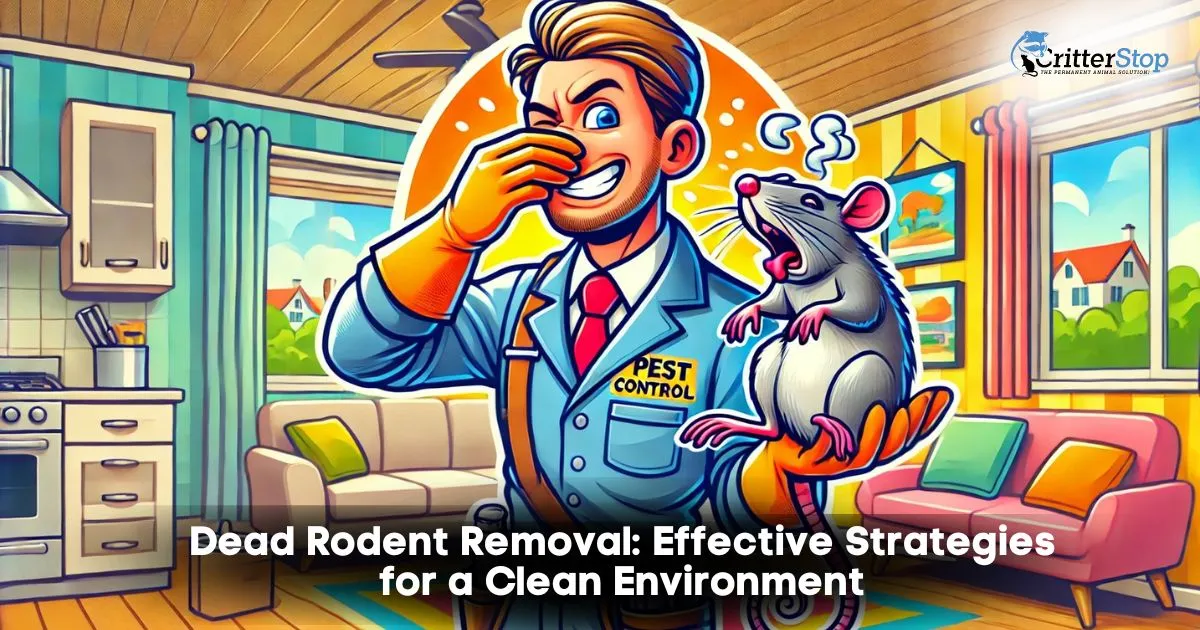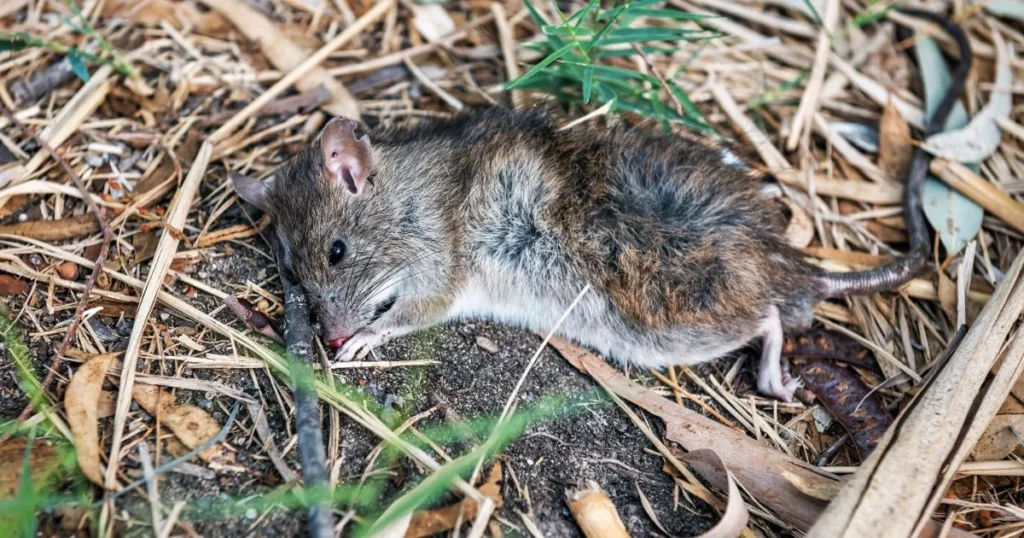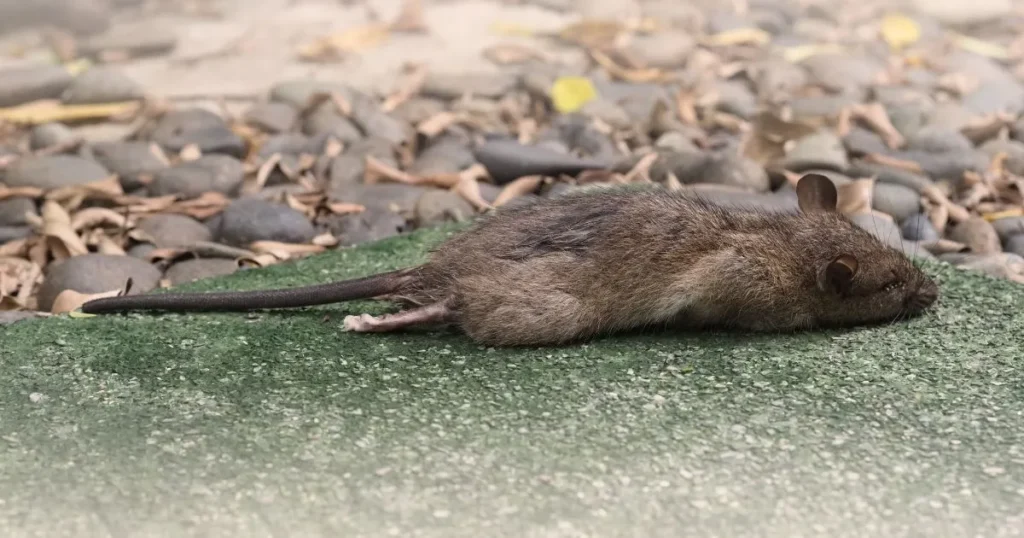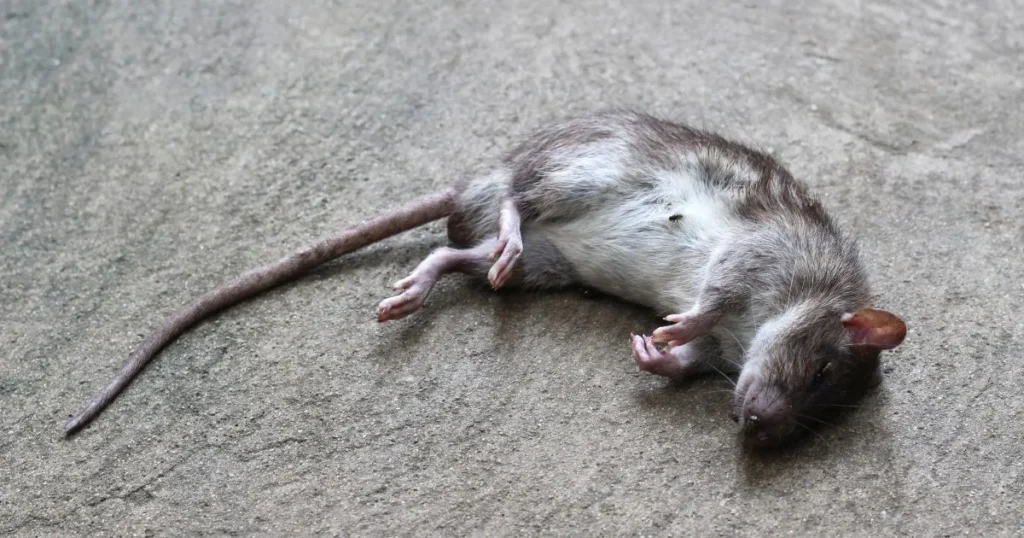
Encountering a dead rodent in or around the home can be unpleasant and concerning. Effective dead rodent removal is essential for hygiene and preventing potential health risks of decomposing animals. Recognizing the importance of addressing this issue promptly can help maintain a safe and clean living environment.
Proper methods for removing dead rodents vary depending on the situation, but it's crucial to approach it carefully. Individuals can choose between DIY solutions or professional services, each with advantages. Understanding the best practices for removing a dead rodent ensures that more severe complications, such as pest infestations or contamination, are avoided.
Additionally, taking preventive measures can protect homes from future rodent problems. Simple steps, such as sealing entry points and maintaining cleanliness, play a significant role in rodent control. Addressing the immediate need for removal and long-term prevention creates a comprehensive approach to managing rodent issues effectively.

Identifying a dead rodent issue requires attention to specific signs and understanding the associated health risks. Knowing what to look for can prevent further complications in a home or business.
Prompt identification of these signs is crucial to initiate immediate dead rodent removal.
Dead rodents can pose significant health risks due to the pathogens they harbor. Decomposition can attract various pests that may further spread disease.
Understanding these health implications underscores the importance of addressing dead rodent problems quickly and effectively.

Addressing dead rodent issues involves a systematic approach. It includes locating the carcass, employing safe removal practices, and thoroughly disinfecting the area to eliminate odors and pathogens.
Finding the dead rodent is critical for effective removal. Common locations include attics, basements, and behind appliances.
Signs of a dead rodent often include:
Using a flashlight can help illuminate dark areas. If the smell is particularly strong, search in that direction. If issues persist, hiring a local professional for "dead rodent removal near me" may be necessary.
Safety is paramount during rodent removal. Protective gear such as gloves and masks is essential to prevent exposure to harmful bacteria.
Step-by-step removal includes:
Following these steps minimizes health risks associated with dead rodents. Those considering professional help can inquire about "dead rat removal near me" to find local services.
Once the carcass is removed, thorough disinfection is vital to eliminate bacteria and odors. Cleaning surfaces with a mixture of water, detergent, or a bleach solution can be effective.
Steps to follow include:
For those concerned with the cost, it’s essential to compare quotes from local services to determine "how much does rodent removal cost? " Sanitizing the area prevents future infestations and promotes a healthier environment.

Effective prevention and control are crucial in managing rodent populations and minimizing the risk of dead rodent removal. Implementing proactive measures can significantly reduce the chances of infestations.
To prevent rodents from entering a property, it is essential to identify and seal entry points. Rodents can squeeze through openings as small as a quarter of an inch. Therefore, homeowners should inspect the exterior for gaps in:
Steel wool, caulking, or expanding foam can effectively close these gaps. Special attention must be paid to areas around utility lines and vents.
Additionally, maintaining landscaping can deter rodents. Trimming shrubs and trees away from the building reduces potential pathways for entry. Regularly upkeep of gutters and downspouts prevents water accumulation, often attracting rodents seeking a water source.
Regular inspections are vital in identifying early signs of rodent activity. This includes checking for droppings, gnaw marks, or nests in hidden areas like attics, basements, and behind appliances.
Homeowners should develop a routine for periodic inspections, ideally every few months. Paying attention to food storage practices can also mitigate risks. Storing food in airtight containers and promptly cleaning up spills minimizes attraction.
Utilizing traps in high-risk areas can help monitor rodent presence. Regularly inspecting these traps aids in early detection and control, which can significantly minimize dead rodent removal efforts later.

Choosing the right professional service for dead rodent removal involves understanding various options and costs associated with the process. Evaluating service quality and pricing is essential to making an informed decision.
When selecting a service, it's essential to consider experience and expertise. Look for companies specializing in rodent removal, such as Critter Stop, known for its humane approaches and practical solutions. Prospective customers should check online reviews and reputations to gauge reliability.
Key factors include:
Calling Critter Stop at (214) 234-2616 for a free inspection can help identify specific issues and provide tailored solutions.
The cost of dead rodent removal can vary widely based on the severity of the issue, location, and the specific service provider. On average, rodent removal costs range from $300 to $500 for a single incident, but complicated cases may lead to higher fees.
Factors influencing costs include:
Critter Stop has a fantastic reputation and online customer reviews because it provides high-quality work and great customer service.
This section addresses common inquiries regarding dead rodent removal, providing clear information about methods, services, costs, etc. Understanding these aspects can help in making informed decisions for effective rodent management.
The best methods for removing a dead rodent include containing the carcass with gloves and a plastic bag, followed by proper disposal according to local regulations. It is advisable to disinfect the area afterward to eliminate any potential health hazards.
It is recommended that you contact a pest control professional for dead rat removal in an attic. These specialists are trained to handle such situations safely and can address any underlying infestations.
Residents can find quick responses for dead rat removal by searching online directories or local listings for pest control services. Many companies offer emergency services that can provide immediate assistance.
Several reliable pest control services are available for dead rodent removal. Checking online reviews and asking neighbors for recommendations can help identify trustworthy options.
The cost of rodent removal can vary widely based on several factors, including the extent of the infestation and the property size. Typically, prices can range from $100 to $500, depending on the situation.
In urban areas, population density, property access, and local regulations can influence the cost of dead rodent removal. Higher demand for services can also lead to increased pricing.
Visit our Critter Library and learn more about our furry friends